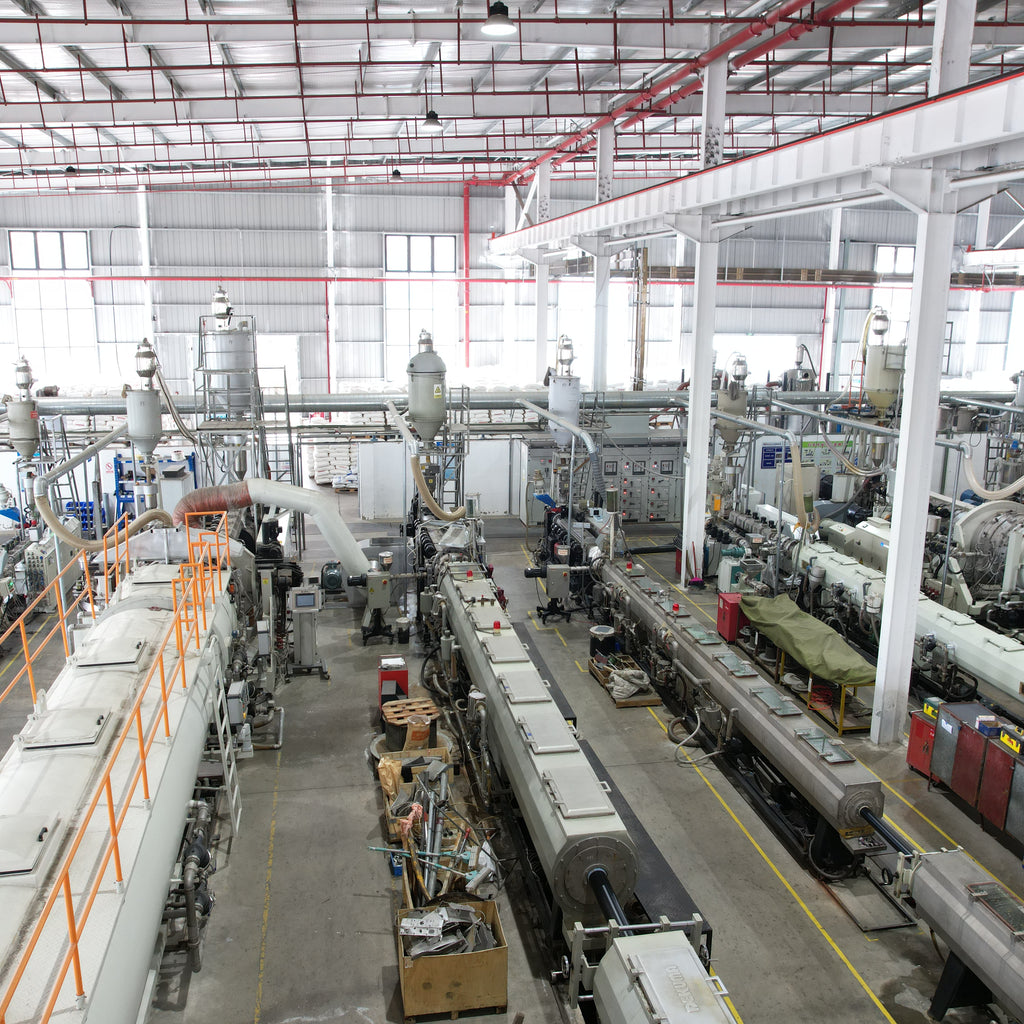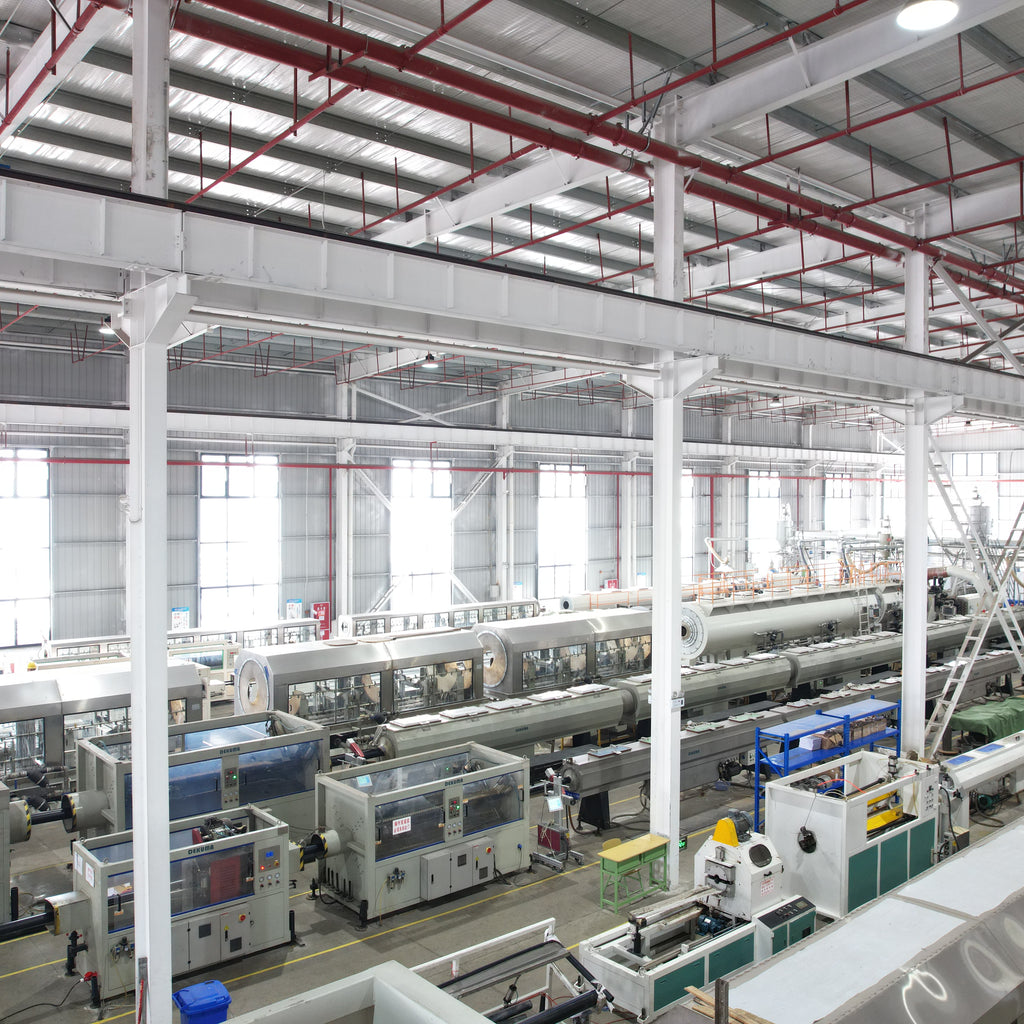The global pipeline sector is witnessing unprecedented cross-border partnerships, driven by energy security imperatives and decarbonization goals. China National Petroleum Pipeline Bureau (CNPP) signed a strategic agreement with Dongfang Hydrogen to co-develop green hydrogen supply chains, marking a pivotal step toward integrating hydrogen infrastructure into traditional oil and gas networks. The collaboration aims to advance electrolysis technology and hydrogen-doped pipeline transportation, aligning with China’s "dual carbon" targets and global energy transition demands.
Meanwhile, Turkey-Iraq pipeline negotiations remain deadlocked over OPEC+ compliance and compensation disputes, highlighting the geopolitical complexities of energy transit. Iraq’s Kurdistan region hopes to resume exports via the 450,000-barrel-per-day pipeline by mid-2025, but Turkey insists on written guarantees to avoid legal risks stemming from previous contract breaches.
Middle East leads in infrastructure innovation:
- Chinese firm CCCC Fourth Harbor Engineering completed the world’s largest 海底 HDPE 管道 installation in Saudi Arabia’s Jizan Industrial City, deploying a 3.5-meter-diameter pipeline in unprotected waters. Using self-developed floating navigation and multi-vessel coordination technology, the team achieved millimeter-level precision, surpassing its 2016 record of 3 meters. The project supports Saudi Arabia’s "Vision 2030" by securing cooling water for heavy industries.
-
CPECC restarted high-stakes competition in Abu Dhabi’s 387-kilometer West-East Crude Pipeline Project, leveraging 全自动焊接技术 and smart construction management to tackle desert terrain and mountainous crossings. The 48-inch pipeline, linking Jebel Dhanna to Fujairah Port, will boost UAE’s crude export capacity by 150 万桶 / 日,solidifying the nation’s role as a global energy hub.
North America faces infrastructure bottlenecks:
Despite record U.S. natural gas production (105.2 Bcf/d in 2025), pipeline capacity lags demand, driving up LNG export costs. Companies like EQT and ONEOK warn that delayed projects—such as the $8 billion Mountain Valley Pipeline—threaten energy affordability, with residential electricity prices up 35% since 2021. However, 2024’s 17.8 Bcf/d capacity addition, including five LNG-focused pipelines, signals a recovery in infrastructure investment.
Asia-Pacific scales up green transitions:
-
Russia’s "Power of Siberia" pipeline hit full capacity ahead of schedule, delivering 38 Bcm/year to China and accelerating the latter’s gas consumption growth (9.7% in 2024). A new 10 Bcm/year "Far East Line" is under construction, set to operationalize by 2027.
-
India’s 2,800-km LPG pipeline project, delayed by technical issues at Kandla Port, aims to reduce logistics costs for 340 million residents once operational, though 投产 is now pushed to late 2025.
Geopolitical tensions and climate pressures create dual challenges. In Niger, anti-government forces attacked the Niger-Benin oil pipeline, demanding a $400 million investment rollback, underscoring security risks in African energy corridors. Conversely, green tech adoption offers new frontiers:
-
Dali Pipe plans a $2.1 billion Saudi factory to produce hydrogen-ready steel pipes, tapping into the Gulf’s $500 billion clean energy market.
-
Emerging Cast Iron Pipe opened Egypt’s first ductile iron plant in TEDA Suez Zone, boosting local manufacturing for water and sewage networks across Africa and Europe.
Industry Outlook
By 2026, global pipeline investments are projected to exceed $200 billion, with Asia-Pacific and the Middle East accounting for 60% of projects. Key trends include:
-
Hybrid networks blending natural gas, hydrogen, and CO2 transport
-
Digital twins and AI-driven predictive maintenance (adopted by 70% of top operators)
-
Localization efforts in emerging markets to reduce supply chain vulnerabilities
As energy demand pivots toward sustainability, pipelines remain the unsung arteries of global commerce—bridging continents, balancing markets, and powering the future.



